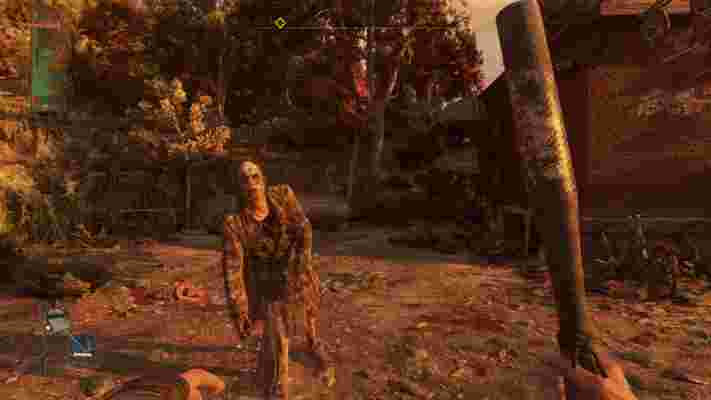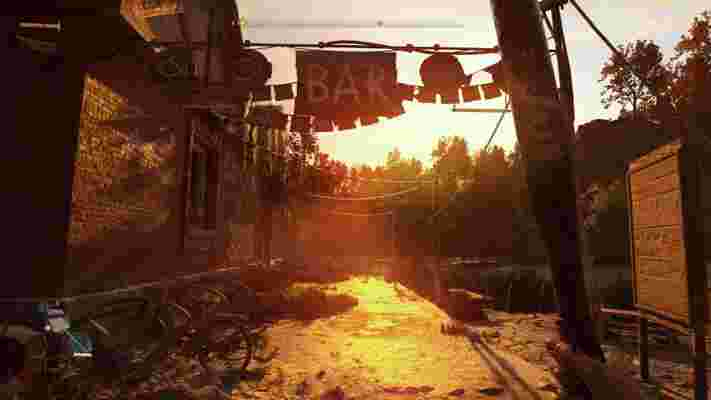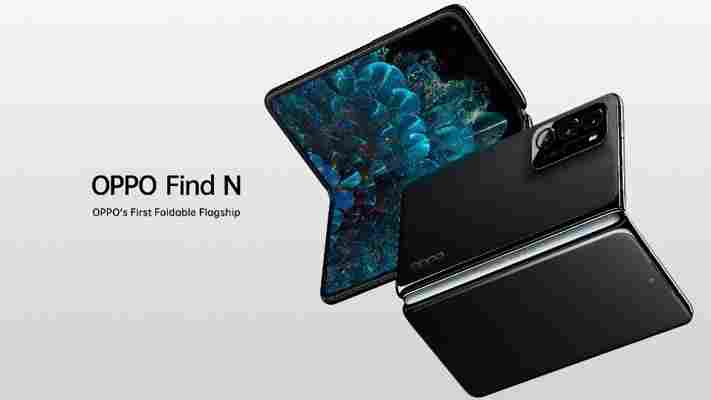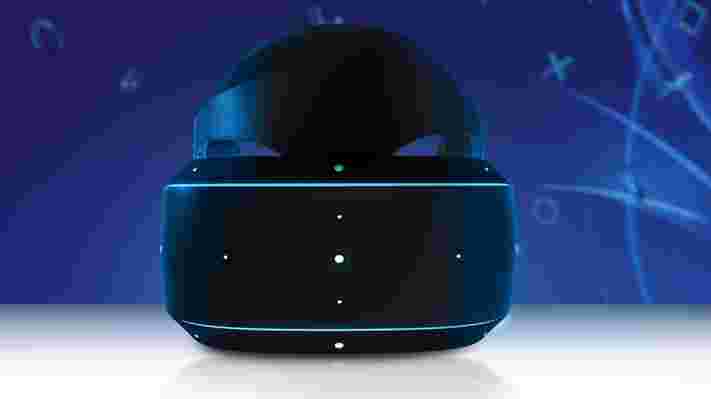Dying Light 2 is the long awaited follow-up to the original Dying Light, which came out all the way back in 2015, and the sequel is a fun, frantic and ambitious zombie survival game.
The ambitions of Techland, the developers of the game, isn't just confined to the gameplay and map size of this open world game. It's also an incredibly good looking game, especially on PC where it employs all manner of fancy graphical effects, such as ray tracing , to make for a much more immersive experience.
However, as TechRadar's own components queen, Jackie Thomas, noted in her Dying Light 2 PC performance roundup , while Dying Light 2 sets a new bar when it comes to ray tracing visuals, it also comes at a big cost, with even the mighty RTX 3090 GPU, currently the most powerful gaming GPU in the world right now, struggling to hit 60 frames per second (fps) with all the highest graphical settings turned on.
So, if it struggles at 4K, that doesn't bode well for 8K performance. However, I'm still keen to see if there's any way to play it at 8K. After all, the great thing about PC gaming is that there are plenty of options to tweak to help boost performance. Dying Light 2 also supports both Nvidia's DLSS and AMD FidelityFX Super Resolution scaling technologies. Those have both become increasingly important in getting games running at high resolutions, high settings and at high refresh rates, and they allowed me to run the stunning God of War at 8K not too long ago.
I'm also changing my 8K testing setup in the coming months, and I've started by swapping out the Dell UltraSharp UP3218K 8K monitor. This is a stunning monitor, and still remains the only 8K monitor available, but it's primarily designed for creative work, not gaming, and comes with an incredibly high price tag. It also needs to use two DisplayPort cables to achieve 8K at 60Hz.
Instead, I'm now going to use the LG 55NANO966PA, a 55-inch 8K LCD TV. It uses HDMI 2.1, and at a third of the price of the Dell UltraSharp UP3218K, this is the kind of 8K screen most games will be using when (or, to be honest, if ) 8K gaming becomes mainstream.

Putting the RTX 3090 through its paces
As you can imagine, the 8K (7680 x 4320) resolution is extremely demanding, even at the best of times, with four times the number of pixels of 4K. This means that graphically intensive games are going to really put any graphics card through its paces.
So, it probably comes as no surprise that Dying Light 2 is extremely punishing on the RTX 3090. At native 8K resolution with 'High Quality' graphical settings, the game chugged along at 18.1fps. That's extremely painful, and essentially unplayable.
However, turning on Nvidia's DLSS feature on the 'Performance' setting, which favors higher frame rates at the expense of graphical settings, and upscales the image from a lower resolution to output at 8K, the game hit 36.1fps on average, with a minimum of 29.8fps.
I consider 30 frames per second to be the absolute minimum for a game to be enjoyable, so the fact that the RTX 3090, with help from DLSS, gets above that at high settings and at 8K is impressive. While DLSS means this isn't a native 8K image, the tech has come a long way, and the results are very impressive.

However, while 30fps is the minimum we'd like to see, no one would want to put down $1,499 / £1,399 / around AU$2,030 (or more, thanks global chip shortage!) for a graphics card only to play at 30fps. Dying Light 2, with its emphasis on fast parkour traversal, plays best at high frame rates, but is that possible at 8K?
You certainly can discount ray tracing effects. Turning those on drops the frame rates dramatically to just 16.3fps - and this is with DLSS enabled.
Dropping the visual settings to 'Medium', while keeping DLSS at 'Performance' raises the frame rate to an average of 38fps. Not a bad leap, and even at medium graphical settings, Dying Light 2 remains a looker.

Next, I dropped the game down to 'Low', and this again boosted the frame rates to 44.2fps on average. The game felt much more responsive and enjoyable, but it was still a way off the 60fps milestone that I look for when playing games at 8K.
The good news is that Dying Light 2 doesn't just support Nvidia DLSS, but also AMD's alternative FSR tech. Switching over to that upscaling technology gets an average framerate of 59.9fps, finally! The game certainly feels better to play, and it's nice to be able to say you can play Dying Light 2 at 8K... just about.
But, is it worth the compromises I had to make?
Tough decisions
As is so often the case with 8K gaming at the moment, you're going to have to make compromises to reach that kind of resolution. This means heavily depending on upscaling technology. While games using DLSS won't look as clean as when played at a native resolution, the fact is that DLSS has come on in leaps and bounds since Nvidia introduced it, and AMD's FSR tech is also very impressive.
It means that impact to graphics quality is minimized, while performance improvements are able to make a big difference in playability. Even on a large screen at 8K, there's not a massively noticeable difference in image quality unless you go looking for it. Check out our comparison shots below, all taken at 8K with Ray Tracing on its highest settings, with a variety of DLSS and FSR levels applied.
What's more of a painful compromise, however, is having to turn the graphical settings down to their lowest to get to 60fps. While Dying Light 2 still looks good, the drop in quality is still very noticeable. Textures are more blurry, draw distance is reduced and lighting effects are barely there. The world feels a lot less alive - never a great thing, even in a zombie game.
The bump to 8K isn't worth the compromise in this case. By playing at 4K, I was able to get 59.8fps at 'High Quality' with DLSS on performance. That's still without ray tracing enabled, but it looked so much better, even with the lower resolution. Don't forget, most games don't really take advantage of 8K yet anyway, with textures and models aimed at a maximum of 4K anyway.
The fact that the might RTX 3090 can only just hit 60fps at 4K with DLSS on and no ray tracing highlights just how intensive this game is. There's also a hint of a lack of optimization about it, and there's already been a day one patch to address bugs. I expect Techland to continue to patch Dying Light 2 to improve performance at 4K. At 8K though? No amount of patching will help.
OnePlus confirms it's working on foldable phone software, but don't expect hardware yet
OnePlus doesn't have a foldable phone in its portfolio, and while it's unlikely we'll see one from the brand in the short term, it is working on the form factor alongside Google.
During an exclusive MWC 2022 media briefing which TechRadar attended, OnePlus Head of OS Product, Gary Chen, confirmed the firm was working alongside the search giant (and Android platform creator).
Chen had previously stated in the briefing that OnePlus was working closely with Google in the development of OxygenOS 13 - the next generation of its smartphone operating system, expected to land on phones later this year.
When quizzed about what the partnership with Google was focused on, one of the main points he revealed was "how to bring new features for foldable devices" to the software platform, along with developing privacy and security features, as well as the overall design of the interface.
Not so fast
This certainly piqued the interest of the group in attendance, but when pushed further on the subject, it doesn’t look like we’ll see a foldable OnePlus phone anytime soon.
"Our collaboration with Google is more visionary, long-term work" Chen explained. Although he didn't rule out the possibility of seeing fruits of this labor in the future, from both OnePlus and parent company Oppo.
Oppo already has a foldable phone on the market in the Oppo Find N , with a 7.1-inch folding display and format factor to rival the Galaxy Z Fold 3 . It's only available in China currently, with no word on whether the Find N will find its way into markets around the world.

What this does mean is OnePlus already has direct access to a commercial foldable product and the underlying R&D resources behind it via Oppo - so the foundations are there for a future foldable from the firm.
OnePlus is keen to diversify its portfolio in 2022, and you can expect to see the brand launch a wider range of devices in the next 10 months - there just won't be a foldable in the mix quite that soon.
What is PSVR 2’s Foveated Rendering feature?
PSVR 2 was announced by Sony at CES 2022 last night, bringing a much-needed update to the headset for the PS5 . During the announcement, improvements were discussed around the headset compared to its predecessor, and one key addition stood out - foveated rendering .
It’s a term that’ll likely be new for those not deep in the virtual reality scene. It’s not an entirely new concept, but the PSVR 2 will be the most mainstream device utilising it to date. This could potentially open up wider implementation across future VR devices if it proves to be a useful feature.
However, bringing it back to basics, let’s answer the question you are likely here to get an answer for - What is Foveated Rendering?
One of the key benefits of this is that it helps manage hardware resources in games. It’s much like a lesser-version of frustum culling ( here’s an example from Horizon: Zero Dawn ), which is a developer technique used where a game ceases to render objects that the player is not looking at.
What does Foveated Rendering mean for PSVR 2?

Without getting hands-on with the headset, it’s not clear exactly how accurate for or perceptible Foveated Rendering is going to be to the average PlayStation player. However, the most likely outcome is going to be that this will likely be a tool more beneficial to developers than what would be immediately obvious to players. Namely, this will be a way to optimise experiences by delegating resources better.
One of VR’s eternal problems is that it’s demanding of hardware. That’s going to be no different for the PSVR 2 which is aiming for a 4K experience. Each eye will have a 2000×2040 screen with framerates up to 90/120Hz. On top of that, the headset will likely be outputting an image to a regular 4K TV for viewers outside of the headset to enjoy too. The bottom line is that is quite the demand.
Foveated Rendering will allow the PS5 to try to ease some of that demand. By lessening the rendering on objects that aren’t being focused on, it frees up more space for the console to breathe and allocate elsewhere.
That translates to a user in the form of better performance or more impressive experiences that would have been impossible without the visual trick. There are still questions around the process, of course though. Perhaps the biggest will come down to the delay between a player looking at something in-game and the headset responding. It’s not something we will know until users get hands-on.
That said, this appears to be a smart investment from Sony. Console VR is often going to be a game of resource management for developers, and this looks like it might be a powerful tool at their disposal. In the end, it should allow the headset and gaming experiences to be pushed a little further which is always exciting.
With the most mainstream gaming VR experience adopting the technology, it will be interesting to see if the broader VR industry will invest further in it.